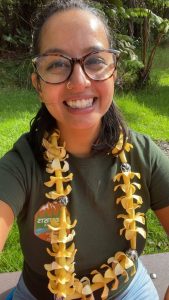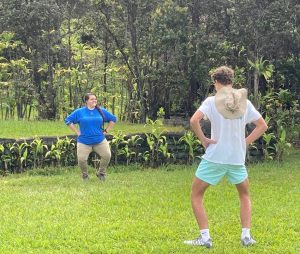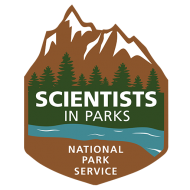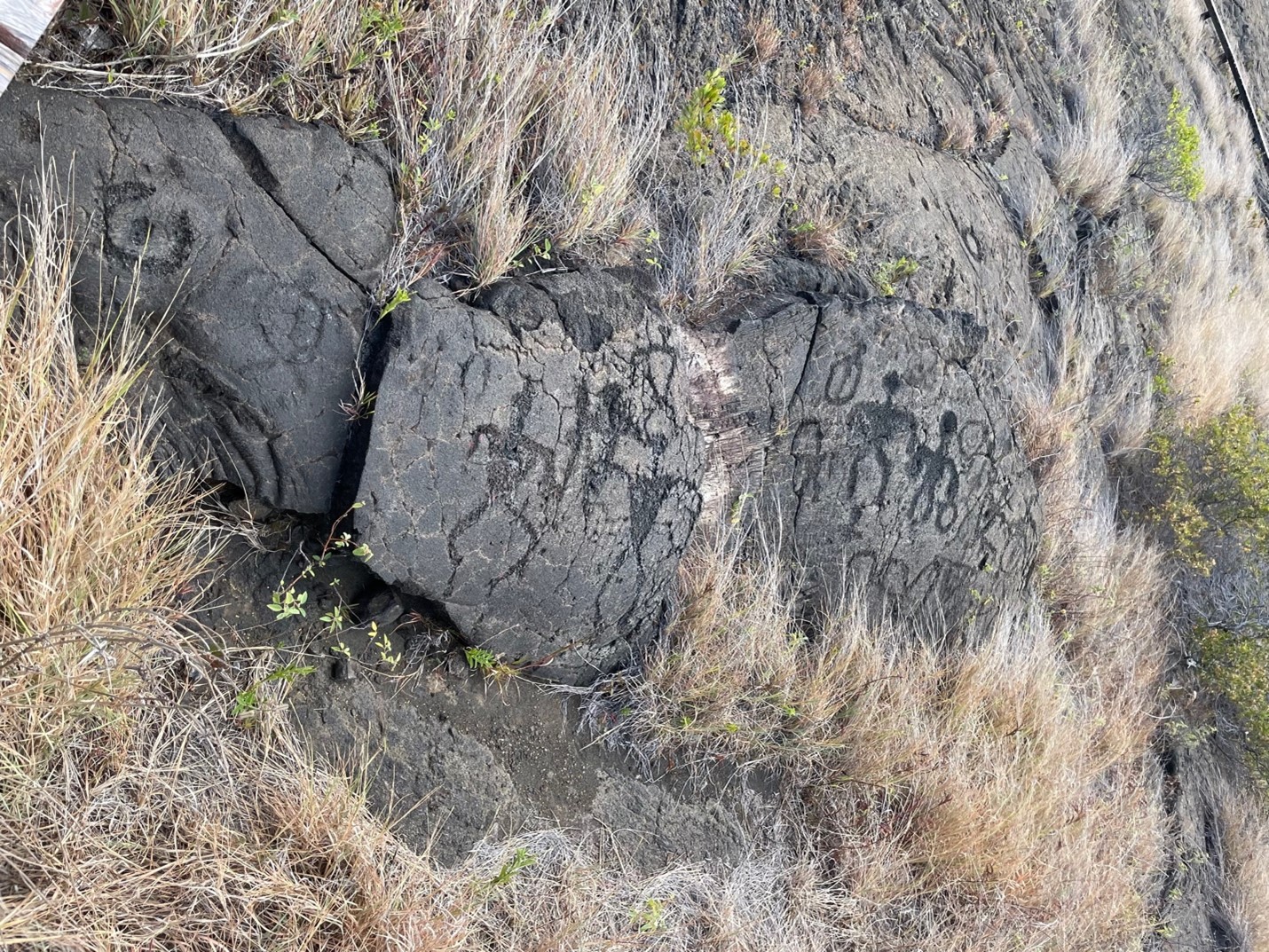Now that my time in Hawaii Volcanoes National Park has come to an end, I’ve reflected quite a bit on my experience and the importance of education at parks. The National Parks provide such unique opportunity for scientists to share their work with local communities, specifically young kids. I think what’s even more important is how the parks can be a place for kids to form connections with nature and the world around them in ways that a formal classroom may not provide. One thing in particular that keeps popping up in my mind is storytelling and how useful it is when sharing scientific and ecological knowledge, and for establishing deeper connections with our environments. This isn’t shocking of course – stories are how we connect with each other, with our pasts, with our families, etc.
I think about how when I was younger, my parents shared stories with me from India and how this made me feel connected to a land I barely knew: the history, the animals, the people. I felt the same way taking field trips to different parks and forests across Kentucky as a kid, hearing stories about the ecology and how people learned about and used the land throughout time. Stories are so powerful, and the parks truly provide such a great way to share stories to pass scientific knowledge. Each park has its history to share – cultural history, ecological history, and so-on. A primary scientific method in many non-Western cultures is storytelling as a way to pass on ecological knowledge and connect people to land. When we weave together scientific knowledge with ecological narratives, we can engage youth with science in beautiful ways.
In Native Hawaiian culture, the sharing of mo’olelo, or legends, and the performance of

hula are story telling devices that teach and preserve cultural understandings of what we gain from nature emotionally, spiritually, and physically. While I was working at the park, my coworker and I shared stories with each other from our cultures. We did this while participating in cultural activities, scientific lessons, or field work. One day, she brought flowers from her grandmother’s house for us to make leis together. While connecting the flowers along the ribbon, she shared the importance and uses of leis in Hawai’ian culture and I noticed many similarities with garland making and uses in India. Through these stories, we not only connected with each other but also shared how our people connected with their local ecologies. During my research and conversations with people, I learned how Native Hawaiian values are connected to sustainable living, caring for and listening to the land, and being stewards of the Earth for future generations – values I align with through my own cultural upbringing.
The addition of cultural understandings of place and ecology is a key component to effective climate education if our goals include enacting change and instilling connection to land. Given the history of the National Park system, particularly the displacement of indigenous communities, we have a responsibility to prioritize and value traditional ecological knowledge, especially given its effectiveness in environmental action. My summer working with NPS taught me that Hawaii Volcanoes National Park and other parks across the country have such a great opportunity to share more than just groundbreaking climate change and other scientific research, but also wisdom and

inspiration and connection to land. We should certainly be using all the tools we have to combat climate change, and this includes sharing narratives of the places our youth are familiar with. The passing of ecological knowledge through storytelling has historically been rejected as a valid form of science by ‘the West’ – but traditional ecological knowledge and the ways it’s shared inspires connection to land and dedication to sustainability and caring for all types of community, including ecological. Storytelling is also an incredibly engaging way to share scientific information to the public, especially when accompanied by active learning in park settings. I saw this as my supervisor and coworker ran education programs – students loved hearing mo’olelo, personal stories, etc. about the park and the island’s ecology. I incorporated storytelling into the curriculum I built, but I plan to continue using storytelling throughout my scientific journey as I complete my PhD and beyond. It is not only a powerful tool of engagement, inquiry, and knowledge sharing, but also a connection to my own heritage, within which storytelling is a key connector of people to land.
I also want to take this opportunity to give a huge shout out and thanks to my amazing supervisor, Jody Anastasio, and my coworker, Kealani Haney, for being so welcoming, helpful, and wonderful during my summer.

